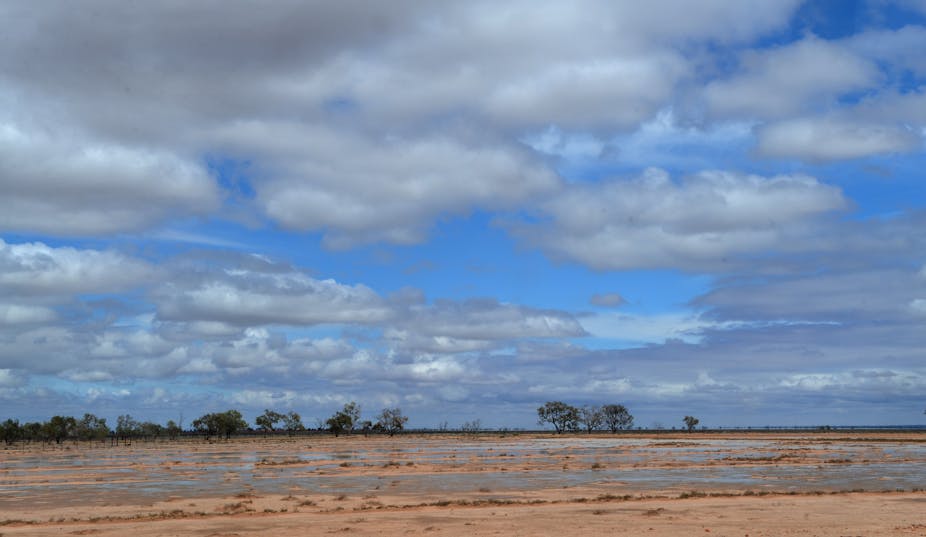The controversy over the Murray Darling Basin Guide centres on the need to strike a balance between the social, economic and environmental uses of water.
The difficulties in undertaking this task are most acute when water is in short supply, and policy makers need to make choices about which sector is given priority.
Traditionally, agriculture has received a higher priority, but it’s clear from the current Water Act that the environment now comes out on top.
While some politicians might deny this is the case, and others might suggest that the needs of all sectors can be met, it is quite apparent that the Murray Darling Basin Authority favours the environment.
Environment, agriculture and water resources are the states’ responsibility. So why has the federal government intervened? It says it needs to fulfil its international environmental obligations. Many of these centre on the mouth of the river system.
You can see the government’s priorities by looking at the nature of cuts across the Basin.
“Of the 22 sub-catchments in the Basin, 18 were slated to make significant cuts. Of these, eight sub-catchments (all in the south of the Basin) were required to make the same 26% cut and a further seven (all in the north of the Basin) were required to make the same 14% cut”.
The uniformity of these cuts among geographically dispersed sub-catchments is inconsistent with the aim of improving the health of the whole basin.
Such uniformity implies that either the environmental function of those sub basins is the same, or that the degree of degradation and over-allocation is the same across the basin.
Both of these scenarios are highly unlikely.
This leads us to the inevitable conclusion that the Guide is about providing a certain amount of water to the mouth of the river, with little attention paid to the rest of the basin.
Given this skewed focus, there is no guarantee that the environmental considerations of sites along the river will be met.
More to the point, in the scramble to provide water to the mouth, some of these other sites may well actually suffer.
This blanket approach to the health of the Basin is really a failure in logic and a poor approach to the problem of allocating scarce resources.
Allocating water should instead promote efficiency of use: both economic and environmental efficiency.
Technology and infrastructure investment can help manage water for both economic productivity and environmental watering and achieve greater economic and environmental efficiency.
But the Guide pays little attention to the role improved efficiency plays in the use of water for economic and environmental purposes.
It does not stretch the imagination much to think of how we can use new technology to solve environmental problems in a catchment.
By increasing precision in delivering water to the environment, modern monitoring and control technology can be indispensable in improving the management of water.
Our ability to account for environmental assets is still in its infancy. We are not in a position to quantify the marginal impacts of additional environmental allocations on the habitat.
But understanding this is necessary if water is to be allocated efficiently and equitably between competing uses.
Surely research should be directed towards rectifying these deficiencies before policy positions are established.

